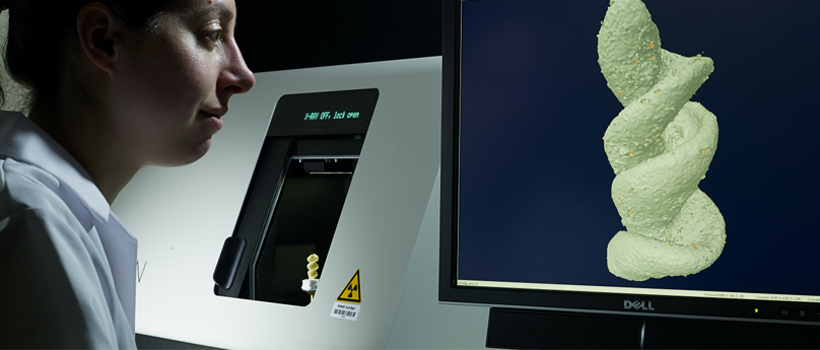

Then we’ll move on to show how AM food printing fits into the four paths of Deloitte’s well-established additive manufacturing framework.

Although AM technology principles tend to be the same whether the materials are edible or polymer, it is important to understand the similarities and differences of the printing processes, to develop a more complete grasp of the technology’s capabilities. We’ll begin by explaining the different printing processes involved. We will also examine some of the challenges facing companies that are looking to leverage AM technologies in food.

In this article, we seek to inform readers about the current state and future trends related to AM and food. There are indications that this may lead to more evolutionary capabilities, such as the creation of unique food formulations for dietary needs, 4 simplified distribution into hard-to-reach locations, and customized medical/nutritional supplements. Deloitte’s research has presented that the current benefits of edible AM include product differentiation, product customization, and direct-to-consumer relationships. But AM using edible materials allows food makers to explore the customization of their otherwise mass-produced and, in many cases, commoditized products. True, at this point, edible AM printing is more niche or novelty than an industry game-changer: Restaurant chains and packaged-food giants seem unlikely to convert entire production lines to printing most of what customers eat and buy anytime soon. 3 Current benefits of edible AM include product differentiation, product customization, and direct-to-consumer relationships. Accompanying that expansion, AM is coming to encompass a wider set of applications, ranging from aerospace cooling ducts 2 to 3D-printed pizzas. In the past few years, experimental materials, including edible ingredients, have emerged as well. For some 30 years, AM-a manufacturing technique that builds objects layer by layer-has focused on using polymers (for example, plastics) and, more recently, metals. Few readers would be surprised to learn that inventors and manufacturers have experimented with printing food-it’s a natural evolution in the technology of additive manufacturing (AM), commonly referred to as 3D printing.


 0 kommentar(er)
0 kommentar(er)
